Here Are Five Reasons Why Food In Tourist Attractions Are Pricier Than Other Places
Basically, you’re paying for the convenience.
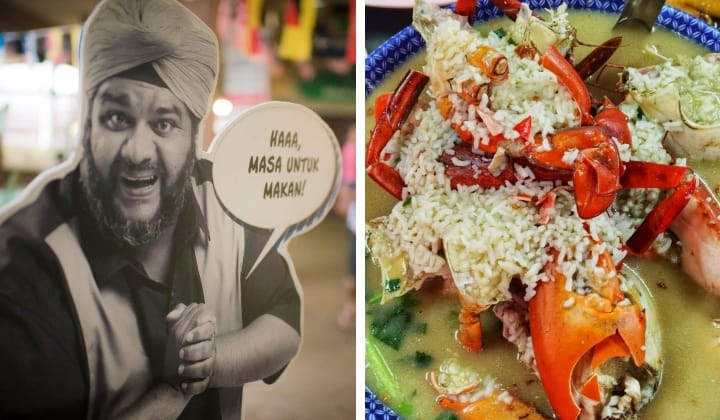
Subscribe to our Telegram channel for the latest stories and updates.
The recent Langkawi news of ‘siakap kayangan‘ probably made some people afraid to spend money on food while traveling.
The burning question is, why eateries in ordinary places are cheaper, often by half, and don’t come with hidden costs and additional taxes?
People are fearful that it could be their turn to be the next victim.
But the fact is, no matter where the tourist attractions are, the price of food and beverage will be higher than the average.
Why is it that money sent on food goes for less at tourist attractions?
Perhaps it is time to reflect on this for a moment, to disentangle fact and fiction.
Read More: Another Curious Case of Expensive ‘Ikan Siakap’ Surfaces In Langkawi
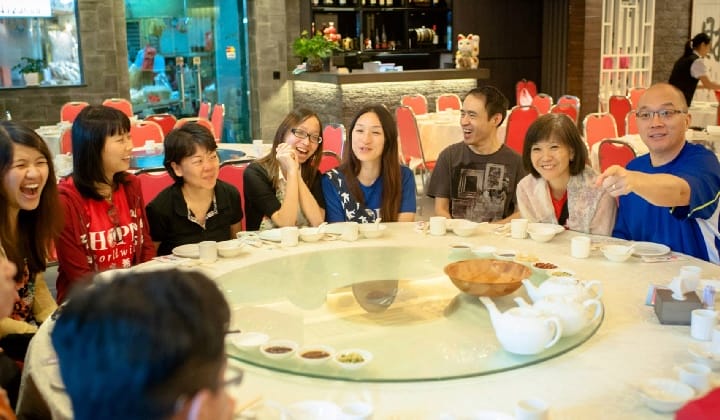
Expensive Retail Rent
Tourist attractions are places for tourists to travel, and often, to splash money on luxuries and indulgences.
The rent of stalls or shops in touristy areas is generally higher than those outside of these locations.
In fact, the property lease in touristy areas is often the priciest of all retail strips.
Therefore, if businesspeople want to sell food and beverages here, they will have to bear a higher cost.
To ensure profit, the food and drink they sell must be double the price.
After all, it is a business and not a charity.
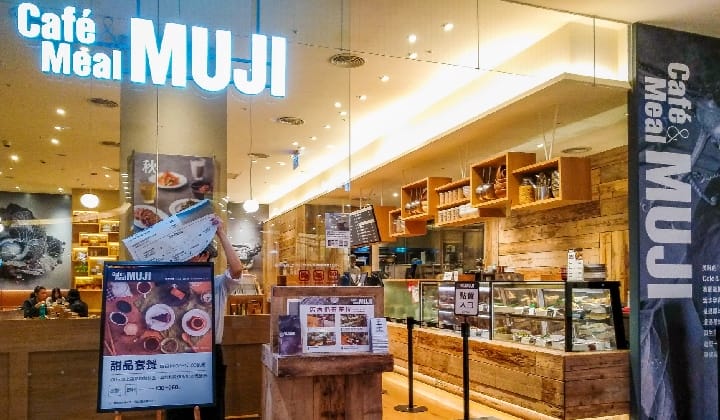
Location
Most of the scenic spots in tourist attractions are not in the city center, but usually in the mountains, seas, lakes, rivers and other remote places.
Due to this reason, transportation is inconvenient.
Many scenic spots are some distance from the city center, and there is nothing to eat around these scenic spots.
The remoteness not only affects how long food takes to arrive, it also affects fresh produce; it just doesn’t last as long.
Not to mention that the infrastructure costs more to build in these often remote areas.
Naturally, businesses will take advantage of this fact and charge customers an arm and a leg.

Cost
Besides the retail rent, the operating cost of businesses is also relatively high.
For businesses in remote locations, they need to spend much more on labor and transportation costs compared to bringing the items to an urban eatery.
They need to bring in raw materials such as food ingredients on a regular basis, which significantly increases the operating cost.
For example, tourist attractions on a mountain must transport the ingredients from the bottom.
This is why, as an example, a typical fast-food burger costs less than RM10 in the lowlands, while an American burger at a highlands resort commands RM40.
Depending on the location, businesses might also need to transport ingredients by boat. These inconveniences can also significantly increase the cost.
And it’s not just because the restaurant is upscale.
Read more: Genting’s Five Guys Burger Chain Disappoints Hungry Patrons
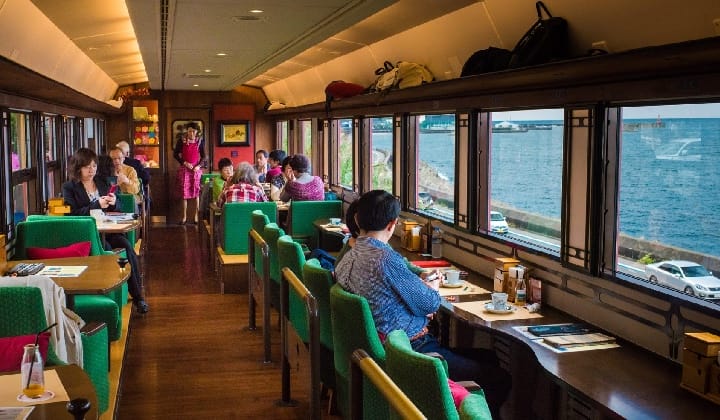
Seasonal Factors
Travel is divided into off-season and peak season.
Tourist attractions will have fewer tourists in the off-season, so businesses will only make higher profits in the year’s peak season.
And in the peak season, the number of tourists can be astonishingly high.
Therefore, the daily customer flow is higher than that the businesses can usually cope with.
With tourists usually going for meals at about the same hours, the supply is less than the demand so prices will rise correspondingly.
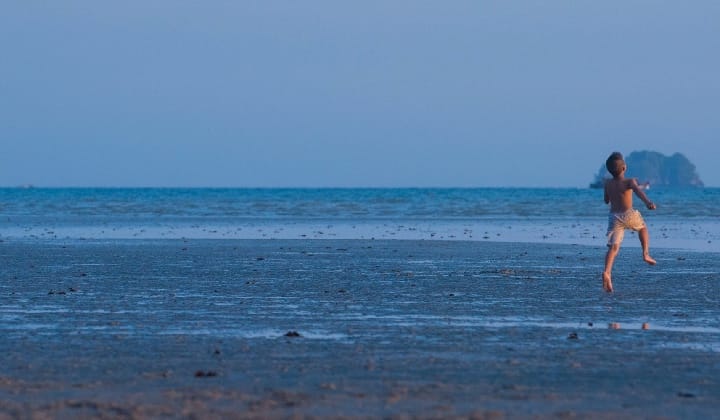
One-time business psychology
Spending at tourist attractions is often a one-time affair for most visitors and most of the time, they’re highly unlikely to become repeat customers.
Therefore, businesses would charge a higher price to take advantage of that opportunity.
Furthermore, when people are on holiday, they tend to care less about spending, so long they have fun.
After all, happiness is the most important thing when you’re on a holiday.
To be fair to honest businesses, they also charge more for the care and service that they give to customers.
So, with the above-mentioned factors in mind, you can have a better idea of how to save on food if you want to.
After all, the extra cash can always come in handy to afford that extra sightseeing excursion or adventure that you might not have done if you were spending more on food.
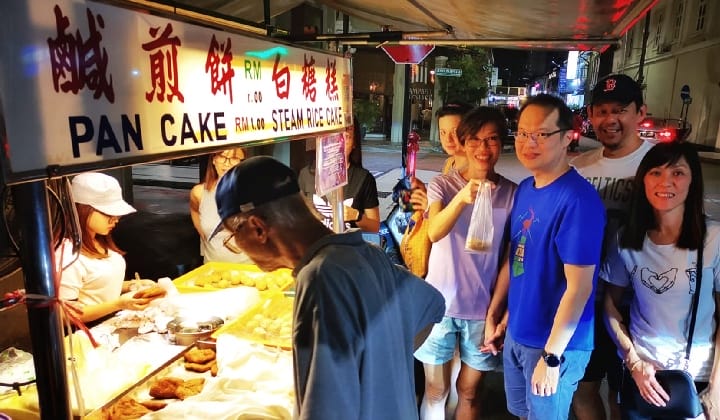
Share your thoughts with us via TRP’s Facebook, Twitter, and Instagram.




